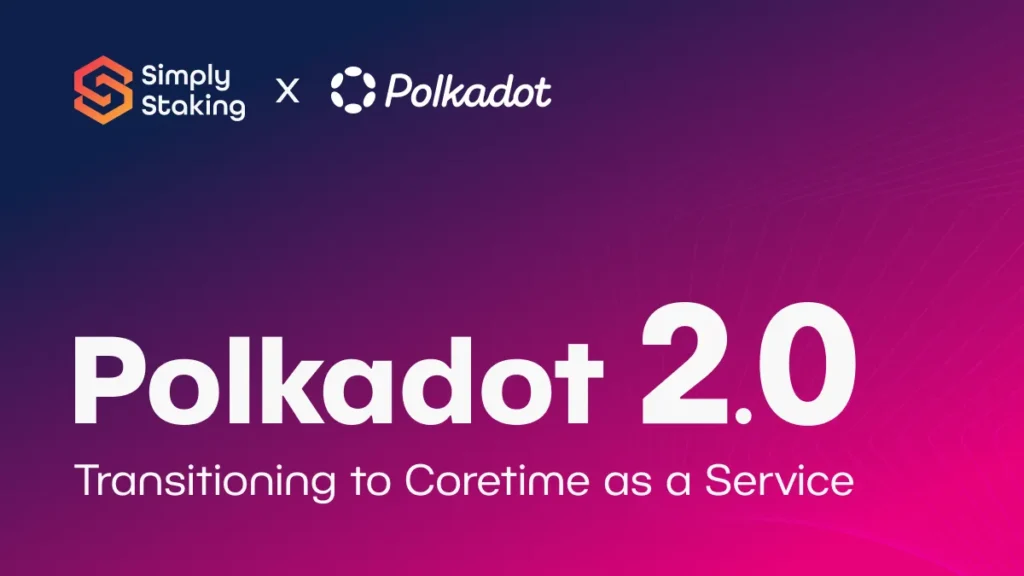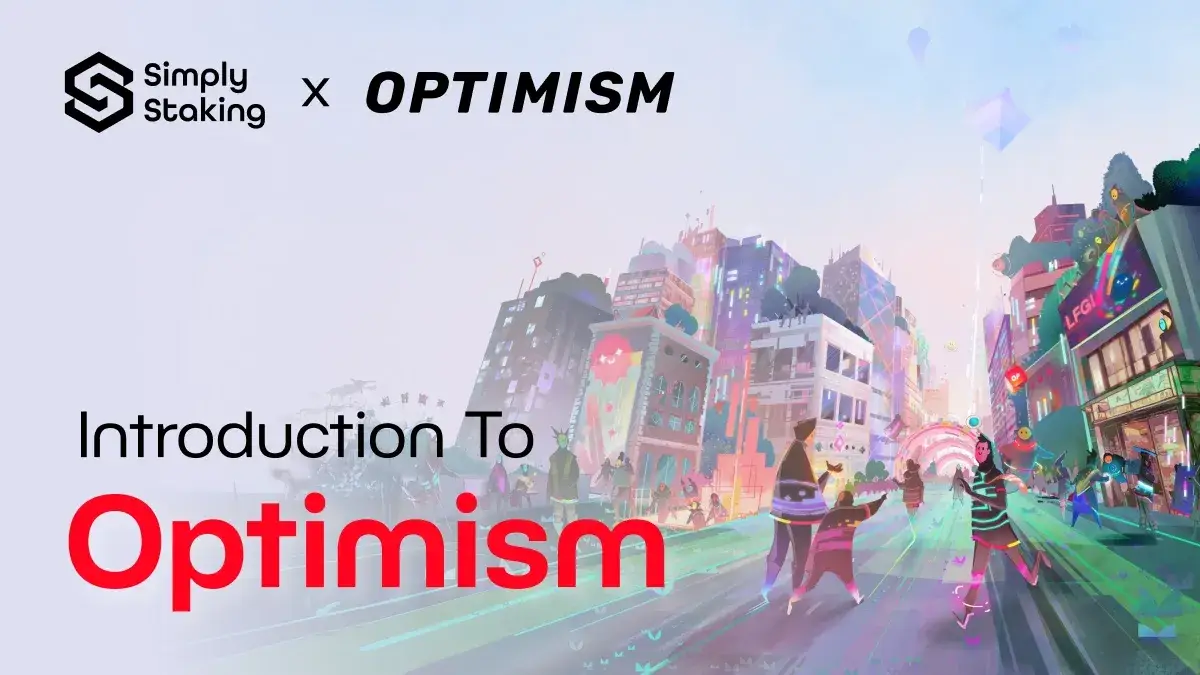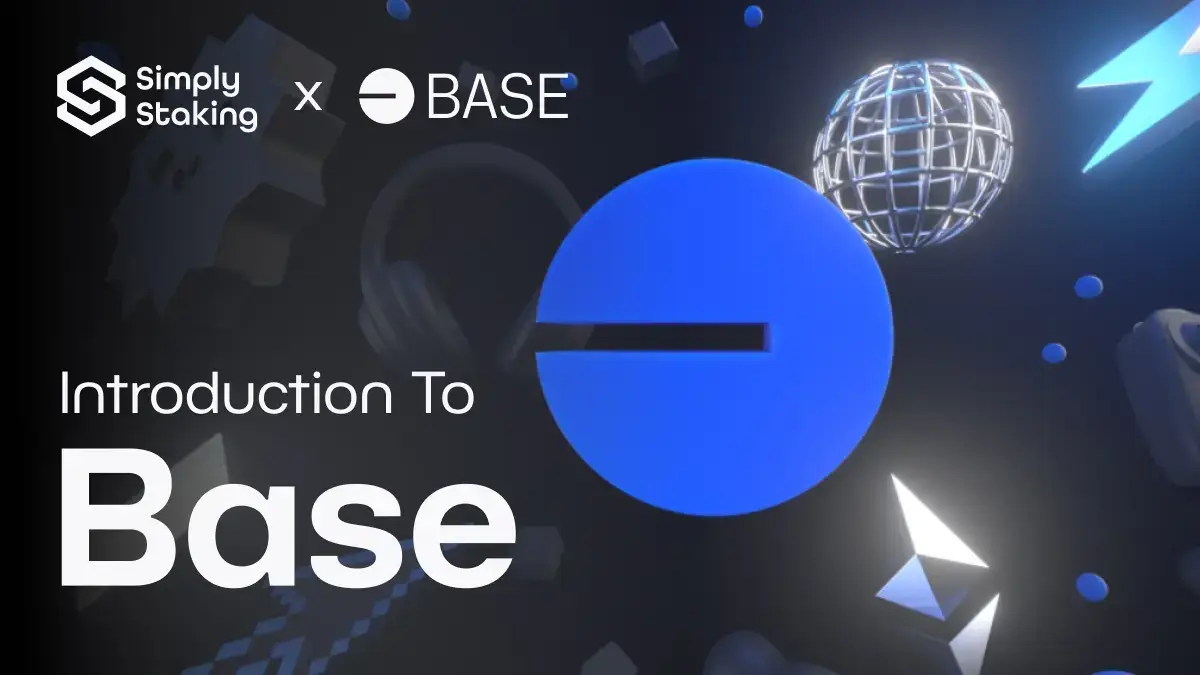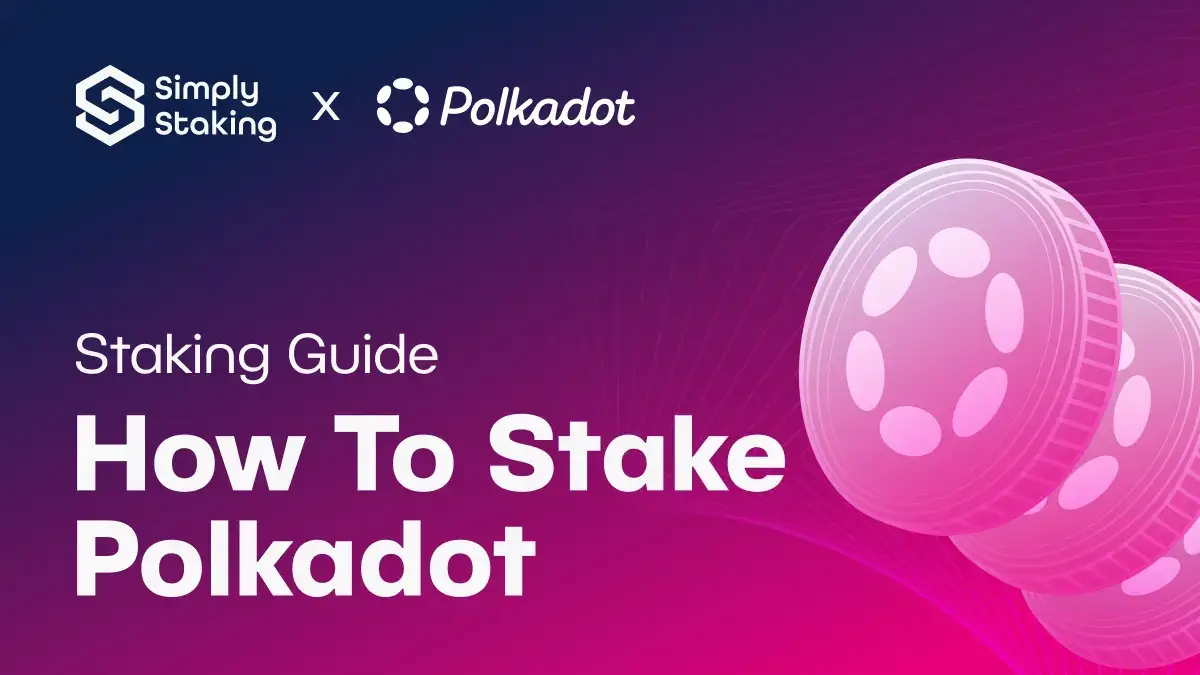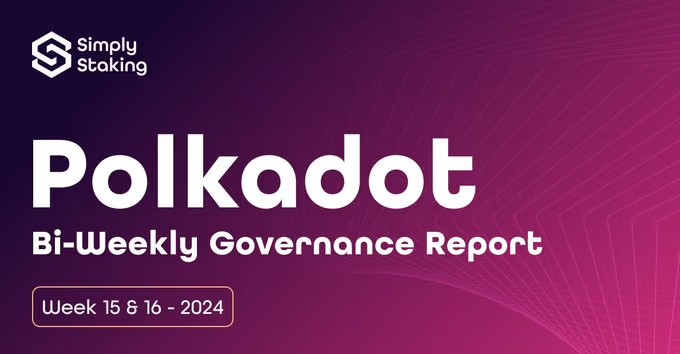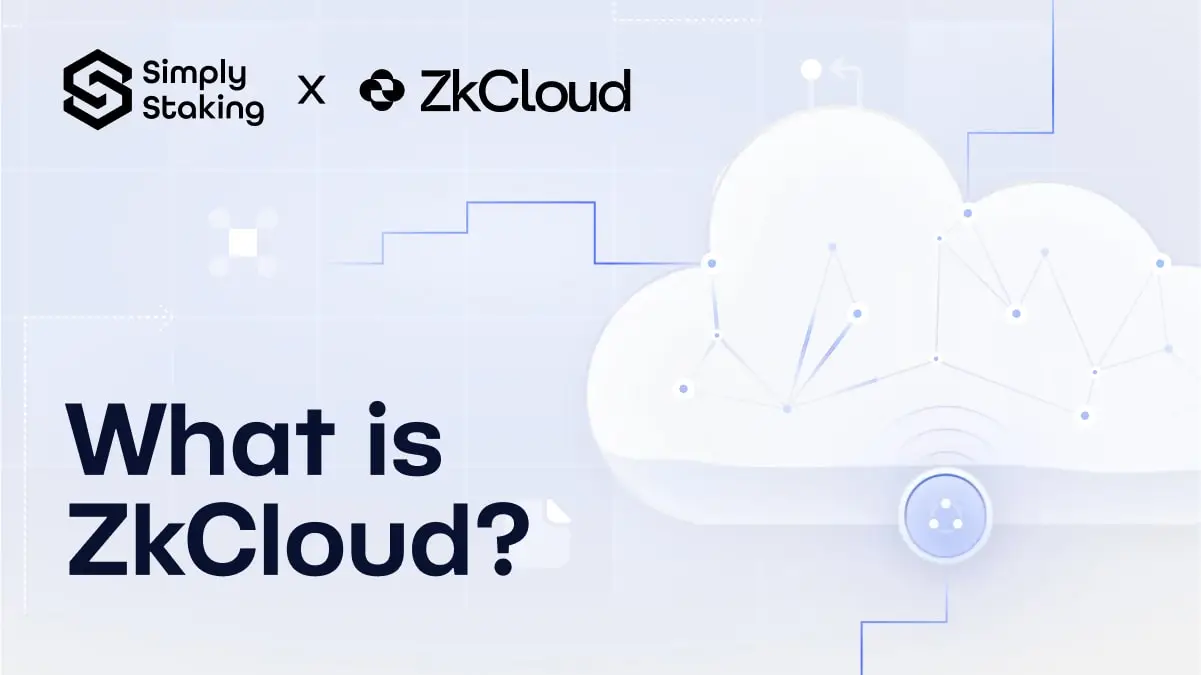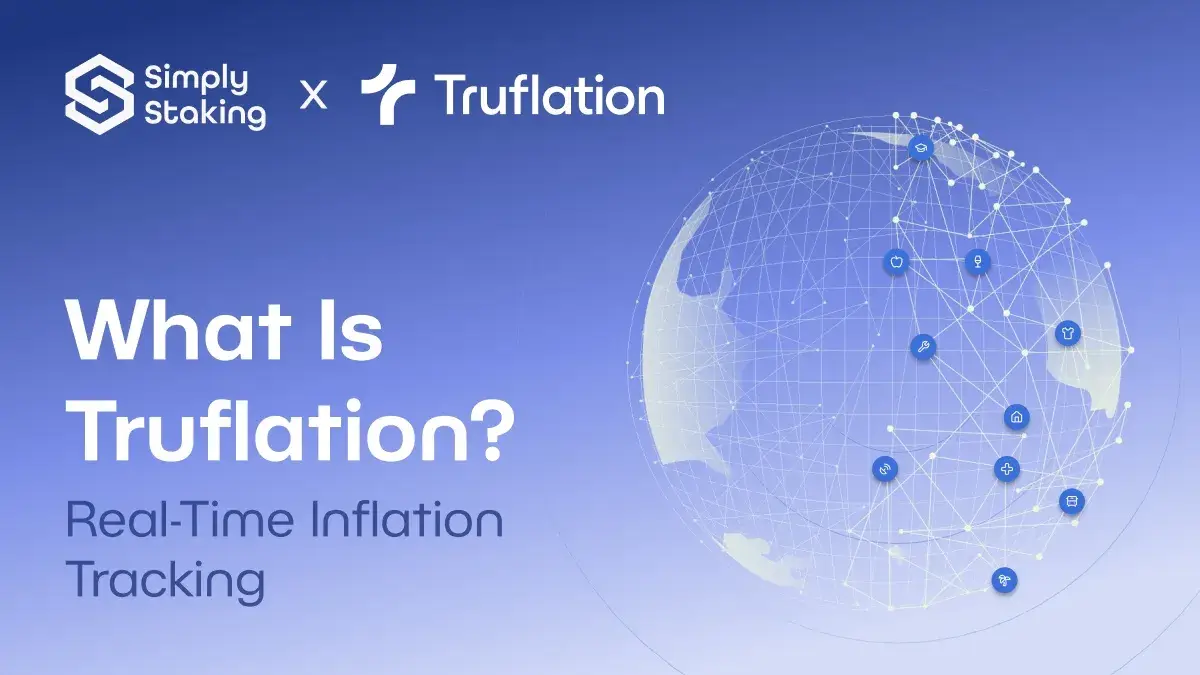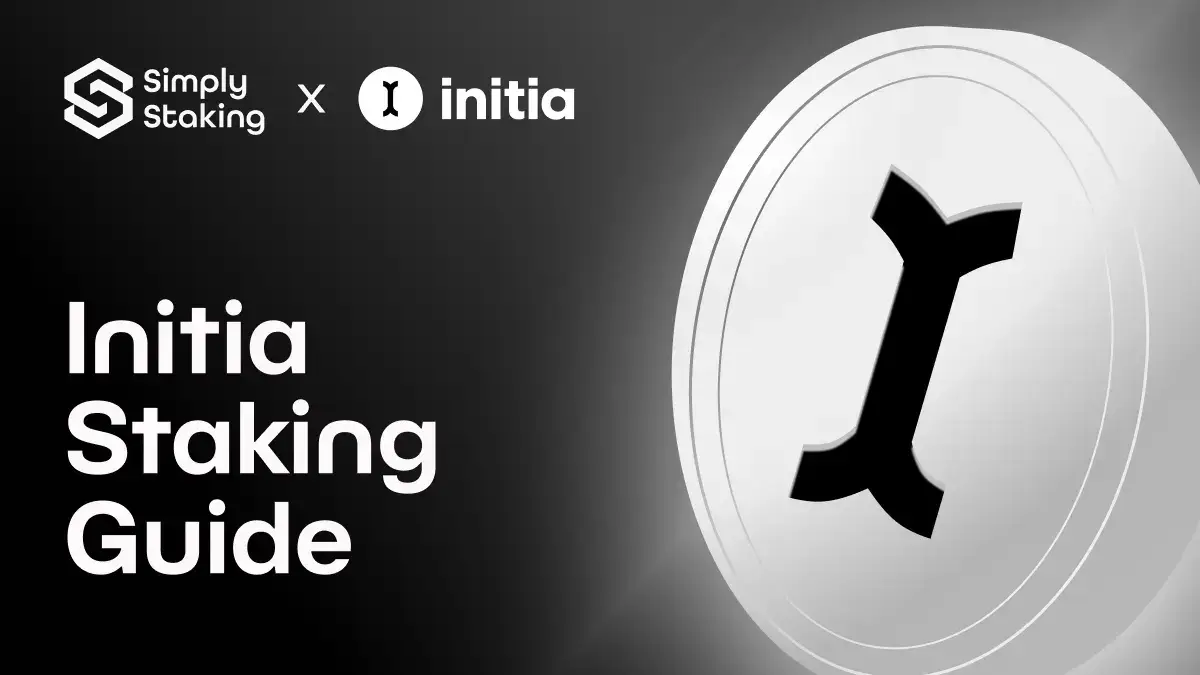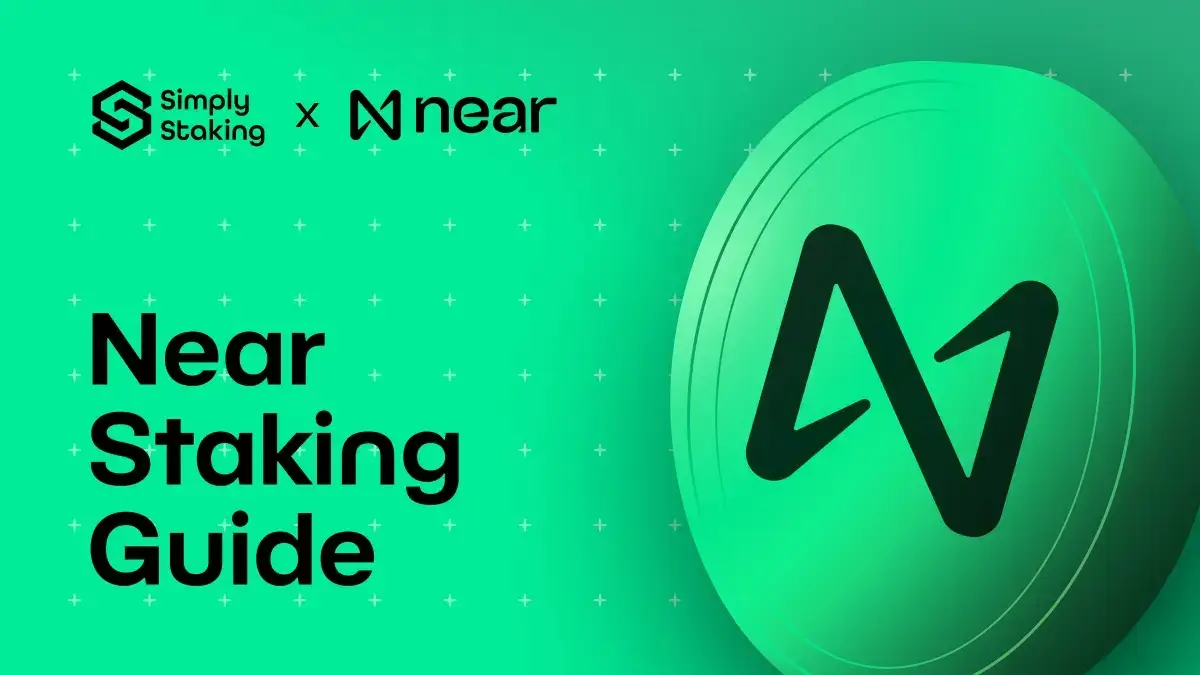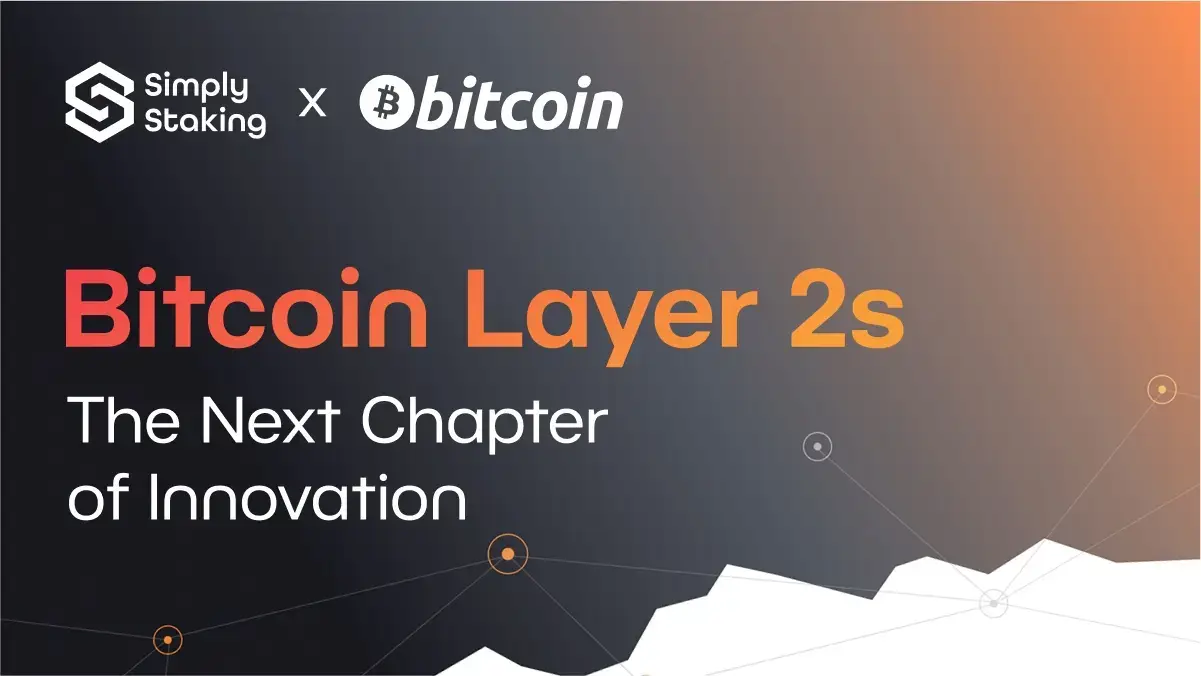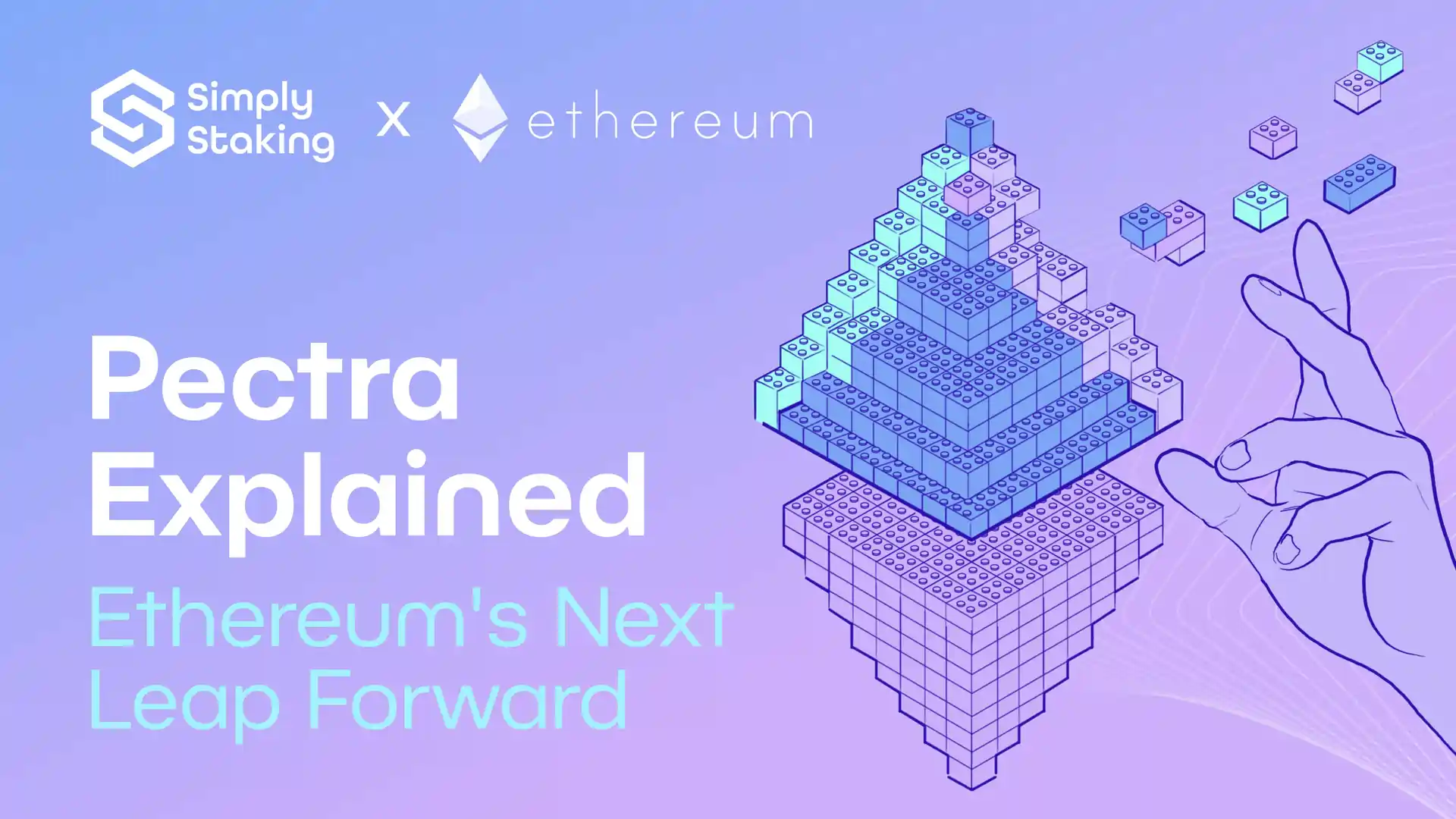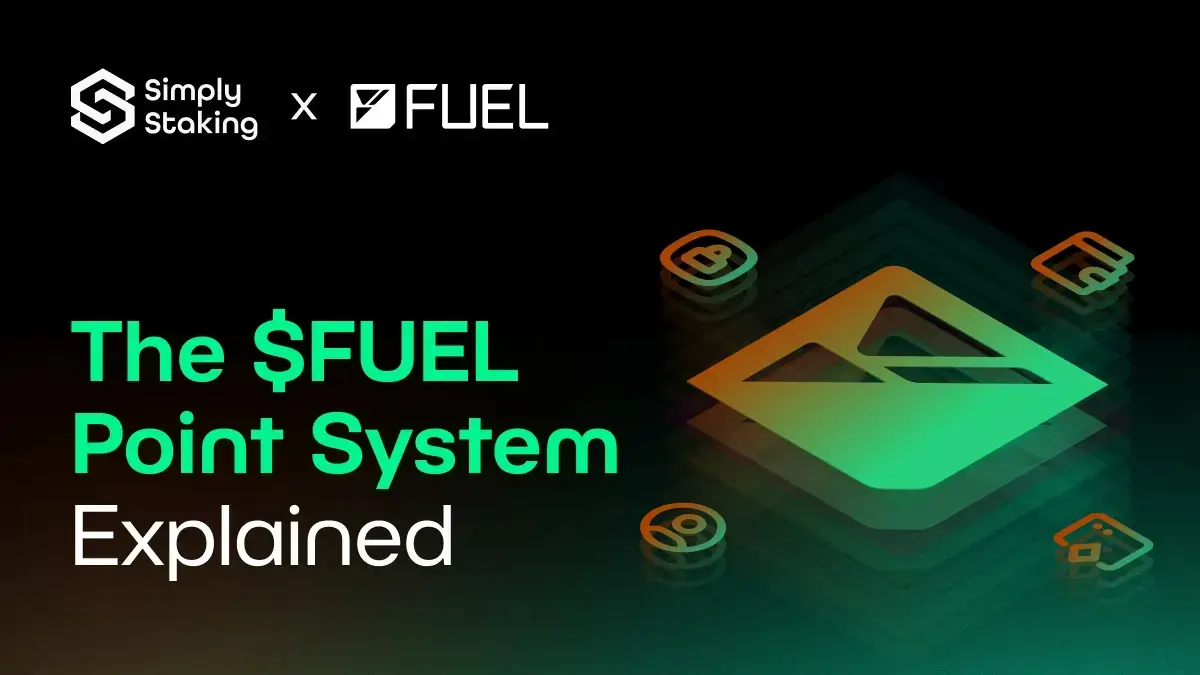Introduction To Polkadot 2.0
In June 2023, Gavin Wood, co-founder of Ethereum and the creator of Polkadot, presented his vision for Polkadot 2.0 at the Polkadot Decoded event in Copenhagen.
Polkadot’s original architecture, designed to enable seamless interaction and functionality sharing among diverse blockchains through a sophisticated Relay Chain and parachain system, has together with the Cosmos Hub remained at the forefront of the so-called application-specific chain (or simply app-chain) thesis, and has already established itself as a leader in shared, interoperable blockchain security.
With Polkadot 2.0, the network is set for a strategic pivot towards further optimising the use of its core computational resources that aims to shift Polkadot from a network of interconnected blockchains into an integrated, global computing platform.
But what does Wood mean by “global computing platform?” This article seeks to shed light on this question and more, outlining the vision for Polkadot 2.0, and the key innovations and features that the upgrade looks to bring while discussing the implications of these changes for developers, users, and the broader Polkadot ecosystem.
The Vision for Polkadot 2.0: Streamlining the App-Chain Experience
The revelation of Polkadot 2.0 by Gavin Wood at the Polkadot Decoded 2023 event in Copenhagen was not merely an announcement of new features or incremental improvements. Instead, it presented a fundamental rethinking of Polkadot’s architecture and purpose. Wood’s vision for Polkadot 2.0 aims to extend the platform’s capabilities, transitioning from a network of interconnected blockchains (parachains) to what he describes as a resilient, global supercomputer.
The idea behind Polkadot 2.0 is to improve the efficiency with which the network allocates and utilises its core computational resources and make the network more accessible for app-chains to build on. At a high level, a resilient, app-centric base layer of shared security, interoperability, high chain customisation with improved scalability and easier, more flexible app-chain onboarding that can support a wide range of applications with varying needs.
Optimising Core Computation and Simplifying Resource Management
The biggest change with the 2.0 upgrade is how resources like core computing (computational time aka coretime) and blockspace (i.e., data storage) are allocated on the network. Basically, parachains operating on Polkadot require coretime to ensure that the transactions and blocks that they send to the base-level Relay Chain are processed and authorised by the network’s validators.
In the current slot auction model, applications looking to operate on Polkadot have to commit and/or raise a significant amount of capital with the help of DOT holders for a fixed, usually 2-year period. This essentially provides winning parachains with a slot on Polkadot that grants them linear access to the network’s resources among other functionalities.
While Polkadot has successfully onboarded over 50 parachains to date, the rigidity of the 2-year fixed parachain slot still means it’s a sub-optimal outcome in terms of resource allocation and utilisation, as coretime and blockspace demand depends on an app-chains user activity, which is never linear but dynamic.
At the same time, slot auctions are only secured by locking in an amount of DOT tokens which are to be returned at the end of the slot lease; enough to serve as a significant barrier to entry but without a proper value-capture mechanism for Polkadot.
Instead, Polkadot 2.0 aims to introduce a market-driven, more flexible system where applications can get exactly the amount of resources they need, when they need them. These changes will be facilitated through so-called Agile Coretime and further improved with the future introduction of Elastic Cores, which will bring major improvements to how applications can run more smoothly and efficiently.
Key Innovations in Polkadot 2.0
Polkadot 2.0 introduces several key innovations that redefine its operational framework, focusing on flexibility, efficiency, and a broader utility spectrum. These innovations are critical to transforming Polkadot into the just-introduced global supercomputer vision of Gavin Wood.
Agile Coretime: Enhancing Flexibility in Resource Procurement
At the forefront of Polkadot 2.0’s innovations is the Agile Coretime system, a departure from the fixed, auction-based method of acquiring computational resources. As parachains under the current system can secure up to two years of static coretime via bidding in a linear fashion, it means they pay the same price regardless of swings in transaction volume and coretime demand.
In contrast, Agile Coretime will introduce additional flexibility into this procurement process through both instantaneous on-demand as well as monthly bulk purchases of coretime.
As such, Agile Coretime means a shift towards a more flexible and responsive resource management framework within Polkadot, offering projects the ability to tailor their computational resource procurement to their specific requirements.
Elastic Cores: Adapting Computational Power on Demand
Complementing the Agile Coretime system, Elastic Cores appears as a significant advancement in Polkadot’s resource allocation, part of the long-term strategy. Being elastic, these cores will dynamically adjust their computational power based on the actual needs of the parachains, ensuring that resources are not just acquired flexibly but also utilised optimally.
Hence, Elastic Cores will enable the network to efficiently distribute its computational power, ensuring high performance across varying loads and demands. Although this is expected to be implemented at a later stage of the gradual 2.0 implementation, the adaptability Elastic Cores will enable could prove essential for maintaining network efficiency and supporting the growth and diversity of applications on Polkadot.
Enhancing Blockspace Utilisation with Asynchronous Backing
Central to Polkadot 2.0’s advancements in resource optimisation also centres around the implementation of asynchronous backing, which seeks to significantly upgrade the parachain consensus protocol. In essence, asynchronous backing moves away from the requirement of parachain blocks to be directly based on the latest Relay Chain block, and instead lets parachain blocks be built on top of older Relay Chain blocks. What this change means in practice is that it separates the growth of the Relay Chain from the growth of parachains, leading to improved efficiency and scalability across the network.
The introduction of asynchronous backing is poised to directly improve block capacity by extending block execution time from 500ms to 2s and reducing parablock time from 12s to 6s (Polkadot, 2023); an adjustment that not only will double the throughput but also reduce latency, resulting in a smoother and more responsive user experience. Collectively, these changes are expected to yield a theoretical 8x improvement in parachain throughput, marking a significant leap forward in Polkadot’s capacity to support complex, high-demand applications.
Rethinking Resource Allocation
Building on these technological advancements, we can conclude that Polkadot 2.0 reimagines how resources are allocated within the network, which remains central for transitioning Polkadot from its original lease-based model to a more flexible, market-oriented approach and replace the fixed 2-year allocation of coretime to monthly and on-demand purchases.
As a consequence, secondary markets are developing around trading coretime, including projects like Lastic and Region X, which will allow for coretime (to reiterare, Polkadot’s computational resources) to be bought, sold, and traded freely on these markets — setting the stage for a dynamic allocation of resources that can efficiently meet the evolving demands of the network’s users and developers.
And so, we can summarise the anticipated effects of these overall changes as follows:
Increased network performance: Higher transaction speeds and more efficient processing.
Easier access for developers: Simplifies the process for new projects to join and build on the network.
Flexible resource use: Projects can scale their resources up or down based on demand, optimising costs and efficiency.
More cost-efficienct parachain: Allowing secondary markets to develop should generate greater cost-efficiency for parachains operating on Polkadot through the law of supply and demand.
Greater scalability: The Polkadot network will be able to support a larger number of transactions and applications simultaneously.
Enhanced user experience: Faster transaction confirmations and smoother application interactions.
Towards a More Interoperable, Application-Centric Ecosystem
Together with and in addition to the abovementioned changes, Polkadot 2.0 not only seeks to lower barriers to entry for new app-chains but likewise to improve interoperability and flexibility between existing app-chains so that applications are not just confined to single parachains, but can seamlessly interact and operate across the entire Polkadot ecosystem.
Several efforts are being developed under the Polkadot 2.0 umbrella to further support interoperability and cooperation across the network. Bridges are a central part of this question, but we’re saving those for a separate article. Here, we mention a few other changes we believe noteworthy as part of this broader transition — and will have upcoming articles focusing on specific aspects within the broader Polkadot 2.0 umbrella, including bridge interoperability and the economics around coretime as a service.
First of all, a feature known as Accords will be introduced to offer a structured way for parachains to enter into voluntary treaties with each other. These agreements ensure that specific functionalities or logic are consistently executed across participating chains, guaranteeing a level of trust and reliability in their interactions, which remains essential for building an integrated, multi-chain application landscape. In turn, this can enhance security and cooperation within the network.
Polkadot’s shift towards an app-centric platform is further supported by initiatives like Project CAPI and the concept of the Hermit Relay (Polkadot Ecology Research Institute, 2023; OneBlock+, 2023). Project CAPI serves as middleware that enables the creation of dApps capable of spanning multiple chains, offering a seamless user interface even when leveraging light clients, and addresses the need for applications to operate across the Polkadot ecosystem without being confined to single parachains.
The Hermit Relay proposes transferring user-level functions, such as balance, staking, governance, and core leasing, from the Relay Chain to system parachains: a transition that not only aims to alleviate the load on the Relay Chain but also enhance the functionality and efficiency of the network.
What it Means for Polkadot and its Developers
The transition to a more app-centric approach provides a more accessible and versatile system which has significant implications for developers and the broader Polkadot ecosystem. Through easier onboarding and more flexible, effective resource utilisation at an even better capacity in terms of high-quality throughput and interoperability, Polkadot 2.0 may well promote higher rates of app-chain development and greater innovation.
The ability to both plan and procure computational resources from the network will lower the barriers of entry by making it easier for new applications to get started and for existing ones to scale up as they grow; providing a level of flexibility that ensures that Polkadot’s infrastructure can support a growing ecosystem of interconnected blockchains and applications, which in turn could drive user-experience functionalities and user activity.
Flexible resource procurement in real-time will enable more responsive, scalable and efficient allocation of computational power across the network in line with fluctuations in demand, and thus make it easier for app-chain projects to onboard according to their unique and varying needs and financial capabilities.
Revenue generated from sales of coretime will also provide an additional source of income to the Polkadot treasury (though there are discussions of possibly burning coretime revenue), thus shifting the business model towards something like coretime as a service.
Altogether, the transformation envisioned under Polkadot 2.0 is not just about improving the technical efficiency of the network but also about making the network more accessible and adaptable to a wide range of projects and use cases. The move towards a market-driven allocation system is expected to lower barriers to entry for new projects through adaptable resource utilisation, which should make the network more accessible to a broader audience, fostering a richer, more vibrant community of developers, innovators, and users.
Polkadot 2.0: An Estimated Roadmap
As Polkadot evolves into its 2.0 iteration, it’s clear that the journey ahead is marked by ambitious plans for scaling and enhanced efficiency to realise Polkadot’s full potential as a scalable, interoperable, and flexible platform for Web3 applications. But when can we expect to see these changes? As with most things in the blockchain space, hard deadlines are not always easy to come by. However, the changes that have been introduced in this article so far are likely to be implemented across different sprints in the short, medium and long term (Polkadot, 2023):
Conclusion: A Unified Vision for Polkadot 2.0
Polkadot 2.0 is set to significantly improve how computational resources are allocated across its network, along with the intention to provide a seamless experience for both users and developers. With Polkadot 2.0, the network is set to become more adaptable, and ready to support a wider variety of applications. The introduction of Agile Coretime, as well as future planned implementations such as Elastic Cores, will also help Polkadot enhance its network to better serve the evolving needs of its community. All in all, the 2.0 upgrade seeks to make Polkadot a resilient foundation for developing and running highly complex, decentralised applications that require significant but flexible processing power seamlessly. In turn, this is expected to drive development within the Polkadot ecosystem through easier parachain onboarding.
As we look towards the impact of Polkadot 2.0, it’s evident that its benefits extend far beyond technical enhancements. By making it easier for developers to access and manage resources, Polkadot is cultivating a fertile environment for the next generation of decentralised applications and cements its place as a leader in the app-chain movement.
In an upcoming article, we will take a closer look at this new coretime-as-a-service concept and what this means for Polkadot and DOT holders.
DISCLAIMER: The information provided in our research and content is for informational purposes only and should not be considered as financial or investment advice. Any decision to invest or engage in financial activities is solely your responsibility. We do not endorse or recommend any specific investment strategy, and individuals should conduct their research and seek professional advice before making any investment decisions. We are not liable for any financial loss, damage, or inconvenience resulting from the use of our content for investment purposes. Always be aware of the risks associated with financial markets, and carefully consider your financial situation and risk tolerance before making any investment choices.



